Definitions
King's shortest paths criterion
The first way to define a ring has been given by Shirley V. King [1] (and later by Franzblau [2]). In order to study the connectivity of glassy SiO
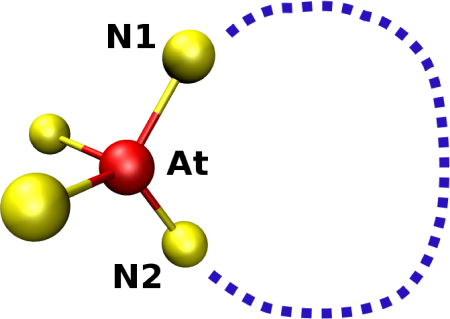
In the case of the King's criterion one can calculate the maximum number of different ring sizes,
It is also possible to calculate the theoretical maximum size,
Guttman's shortest paths criterion
A later definition of ring was proposed by Guttman [3], who defines a ring as the shortest path which comes back to a given node (or atom) from one of its nearest neighbors [Fig. 5.14].
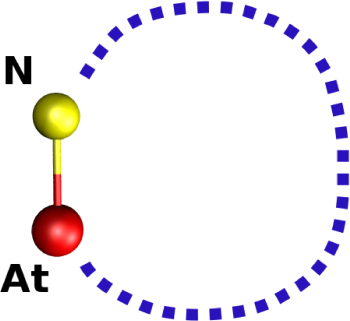
Differences between the King and the Guttman's shortest paths criteria are illustrated in figure 5.15.
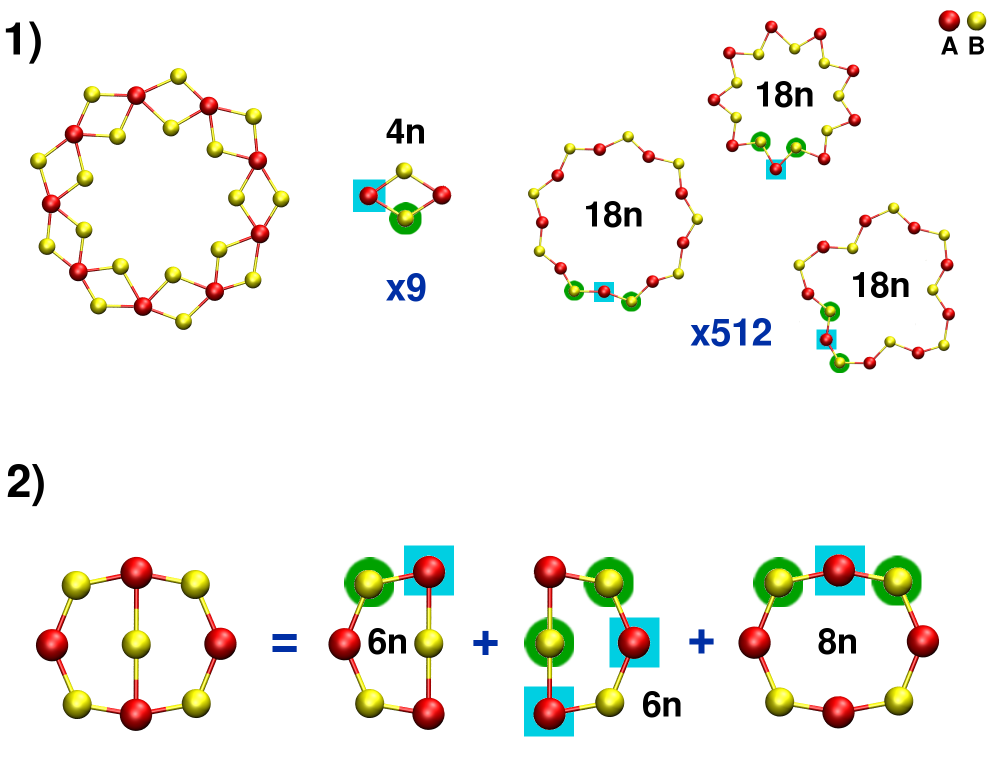
Like for the King's criterion, with the Guttman's criterion one can calculate the maximum number of different ring sizes,
It is also possible to calculate the Theoretical Maximum Size,
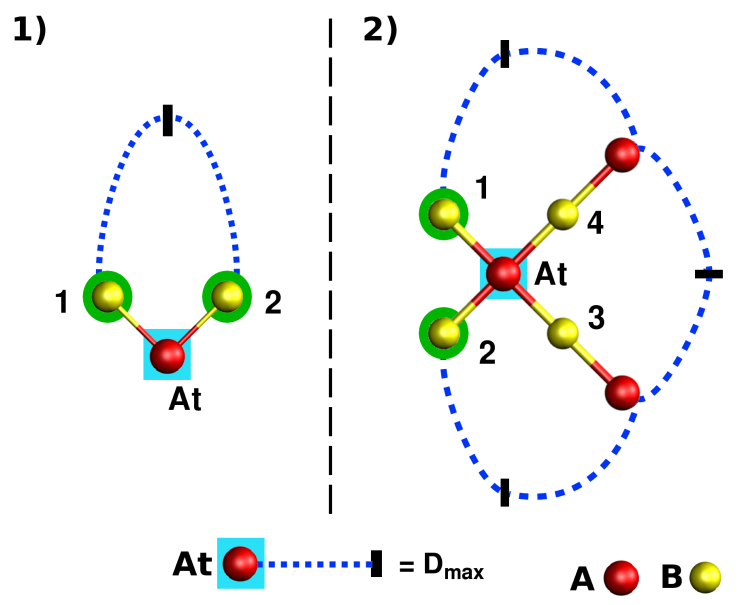
Since the introduction of the King's and the Guttman's criteria other definitions of rings have been proposed. These definitions are based on the properties of the rings to be decomposed into the sum of smaller rings.
The primitive rings criterion
A ring is primitive [4], [5] (or Irreducible [6]) if it can not be decomposed into two smaller rings [Fig. 5.17].
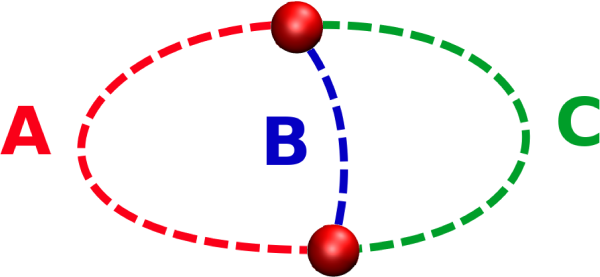
The primitive rings analysis between the paths in figure 5.17 may lead to 3 results depending on the relations between the paths A, B, and C:
If paths A, B, and C have the same length: A = B = C then the rings 'AB', 'AC' and 'BC' are primitives.
If the relation between the paths is like
If the relation between the path is like
The strong rings criterion
The strong rings [4], [5] are defined by extending the definition of primitive rings. A ring is strong if it can not be decomposed into a sum of smaller rings whatever this sum is, ie. whatever the number of paths in the decomposition is.
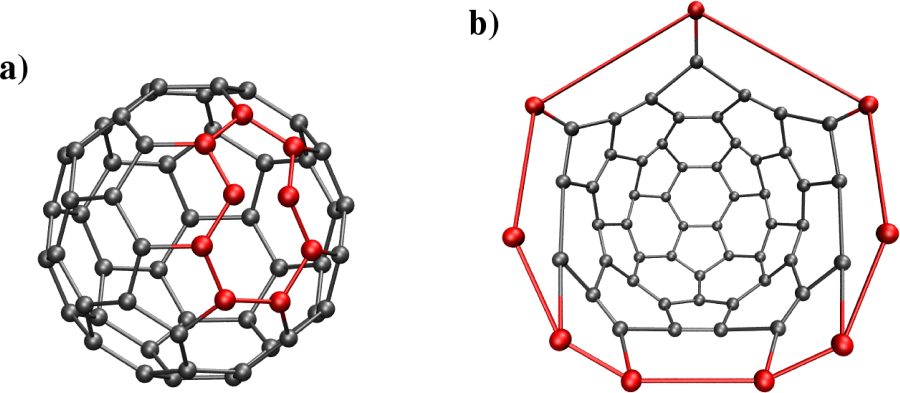
By definition the strong rings are also primitives, therefore to search for strong rings can be summed as to find the strong rings among the primitive rings. This technique is limited to relatively simple cases, like crystals or structures such as the one illustrated in figure 5.18. On the one hand the CPU time needed to complete such an analysis for amorphous systems is very important. On the other hand it is not possible to search for strong rings using the same search depth than for other types of rings. The strong ring analysis is indeed diverging which makes it very complex to implement for amorphous materials.
In the case of primitive rings like in the case of strong rings, there is no theoretical maximum size of rings in the network.
- S. V. King, Nat., vol. 213, p. 1112, 1967.
- D. S. Franzblau, Phys. Rev. B., vol. 44, no. 10, pp. 4925–4930, 1991.
- L. Guttman, J. Non-Cryst. Solids, vol. 116, pp. 145–147, 1990.
- K. Goetzke and H. J. Klein, J. Non-Cryst. Solids, vol. 127, pp. 215–220, 1991.
- X. Yuan and A. N. Cormack, Comp. Mat. Sci., vol. 24, pp. 343–360, 2002.
- F. Wooten, Act. Cryst. A, vol. 58, no. 4, pp. 346–351, 2002.